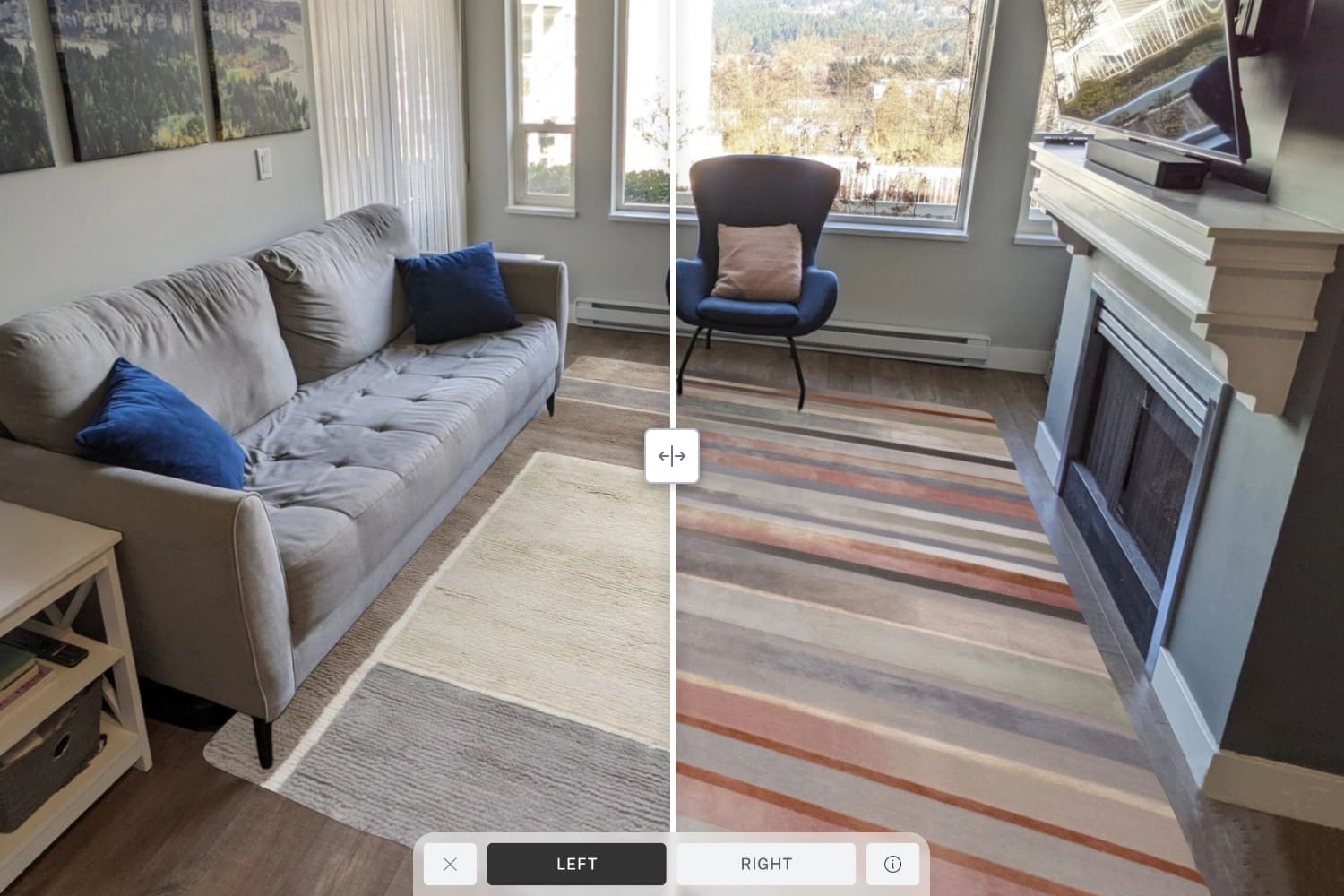You’ve got your customer at the finish line.
They’ve landed on your website, selected a product, and added it to their shopping cart. But then, instead of completing the purchase, they abandon their cart and leave your site.
And, in many cases, they never come back.
It’s an all-too-common story for e-commerce retailers. More than 70% of shoppers abandon their carts for one reason or another, according to the latest data compiled by Baymard Institute. That means only three out of 10 shoppers who add a product to their cart end up buying it. You’ll be even less likely to close a sale in the home improvement industry, where cart abandonment rates can be closer to 90%.
Some of this is unavoidable. The reality is that a lot of your site’s visitors will be digital “window shoppers” without much purchasing intent. Or they’ll be in the very early stages of their online shopping journey and simply looking to gather information and compare prices.
This is part and parcel of e-commerce.
But that’s not to say you aren’t leaving money on the table. In fact, Baymard found that $260 billion worth of lost orders over the last 10 years is recoverable, and the average large-sized e-commerce site can boost conversation rates by 35.26% through better checkout flow and design alone.
So, how can your business reduce abandoned carts and increase conversions?
Here are five proven tactics to consider.
1. Be transparent and limit extra costs
The last thing anyone wants is to get to the checkout page only to realize that the total price of their purchase is significantly higher than what was advertised.
And yet, it happens all too often.
In fact, the leading cause for abandoned carts is due to extra costs being too high, as per the Baymard study, with nearly half of shoppers having opted against a purchase for this reason.
There are a few ways you can combat this.
First, it’s important to be transparent throughout the customer’s journey. You don’t have to wait until the checkout page to add taxes, shipping costs, and other fees. Including these costs upfront on the product pages will remove the possibility of your customer feeling disheartened by the notion of hidden or unexpected fees after they’ve already become comfortable with an initial price point. And that means you’ll be more likely to get their business.
Secondly, you can offer free shipping — even if it means building the shipping cost into the product price or only offering free shipping for orders that exceed a certain dollar amount. When you consider Inmar Intelligence’s findings that 79% of shoppers expect free shipping when ordering home goods online — and that 78% of shoppers would be willing to buy more items to qualify for free shipping — this is one of the most effective ways to appease your customer and get that sale over the line.
2. Streamline your checkout process
As much as they might be interested in your products, most shoppers won’t jump through hoops to buy them. Two in three consumers expect to check out in four minutes or less, according to Capterra. Any longer, and there’s a good chance you’ll lose them.
So, you’ll want to make that checkout process as quick and easy as possible.
One way to accomplish this is to reduce the number of form fields shown to users. The ideal checkout flow is around 7-8 form fields, according to Baymard, whereas the average U.S. e-commerce site has 14.88 form fields displayed. Try your best to remove the clutter and redundancy. As a simple example, instead of having a field for both “First name” and “Last name,” just go with “Full name.”
Another way you can speed up the process is by offering guest checkout. Guest checkouts are the preferred checkout method by far, according to Capterra, with 36% of consumers saying they’d abandon their cart if they were forced to create a new account.
3. Offer flexible payment, fulfillment, and return options
People want options.
And they better be good ones.
They want to use their preferred payment method, whether that’s Apple Pay, Google Pay, PayPal, Stripe, or a plain old credit or debit card. They want the option to receive their order quickly, with 90% of U.S. consumers expecting two to three-day delivery as a baseline, or perhaps the ability to pick up their order in-store. And they want a hassle-free, generous return policy — 33% of Canadian online shoppers will complete their purchase if the return process is easy.
A lack of payment methods, slow delivery time, and unsatisfactory return policy account for 43% of all abandoned carts, according to Baymard. By investing in these areas and giving your customer more flexibility, you’re removing significant barriers to them completing their transaction.
4. Provide impeccable customer support through live chat and email marketing
If someone is shopping in-store and they have a question, they can just ask a sales associate and get the answer they need. But what if they’re shopping online?
You might have the relevant information somewhere on your website, but Forrester research shows that 50% of shoppers will abandon their purchase if they can’t get a quick answer to their question. One potential solution?
Live chat.
Not only does this help you potentially salvage a purchase by answering your customer’s questions in real-time, but you can also provide proactive assistance before they even get to a point where they’re considering abandoning their cart.
The result? An 8% to 20% increase in conversions.
If your proactive customer support approach proves unsuccessful, implementing an abandoned cart email strategy can be a great way to re-engage your customer and recover lost sales.
5. Instill consumer confidence using room visualization
At the end of the day, consumers want to feel confident in their purchases. And that’s one of the biggest challenges for e-commerce retailers in the home improvement space. If someone is painting their living room wall, or installing a new kitchen backsplash, instilling consumer confidence can be tricky without going through the traditional method of providing physical samples.
But it’s not impossible.
Thanks to the emergence of augmented reality (AR), shoppers can now virtually try out your products before they make a purchase. A NielsenIQ study found that AR shopping experiences give 56% of consumers more confidence about the quality of a product.
And that’s certainly the case with Roomvo.
The leading visualizer in the home improvement industry, Roomvo arms retailers with proprietary AR-powered technology that allows shoppers to see your products come to life in their own space with unprecedented detail and realism. No longer does your customer have to imagine what paint colours, backsplashes, flooring, rugs, countertops, or wall coverings will look like in their home. They just have to upload a photo of their space and see it for themselves. Room visualization eliminates the guesswork from home design, reduces hesitation, and gives customers the confidence to go ahead with their purchase.
Having Roomvo integrated into your website will not only significantly boost product views, but also increase conversions by up to five times.
Don’t want your customer to get cold feet?
Roomvo could be the answer.
Written by:
-

Farhan Devji is a published author and content writer who’s written for some of Canada’s biggest newspapers and worked in communications/marketing for close to a decade. His new book, Alphonso Davies: A New Hope, was published in May 2023 with ECW Press.






